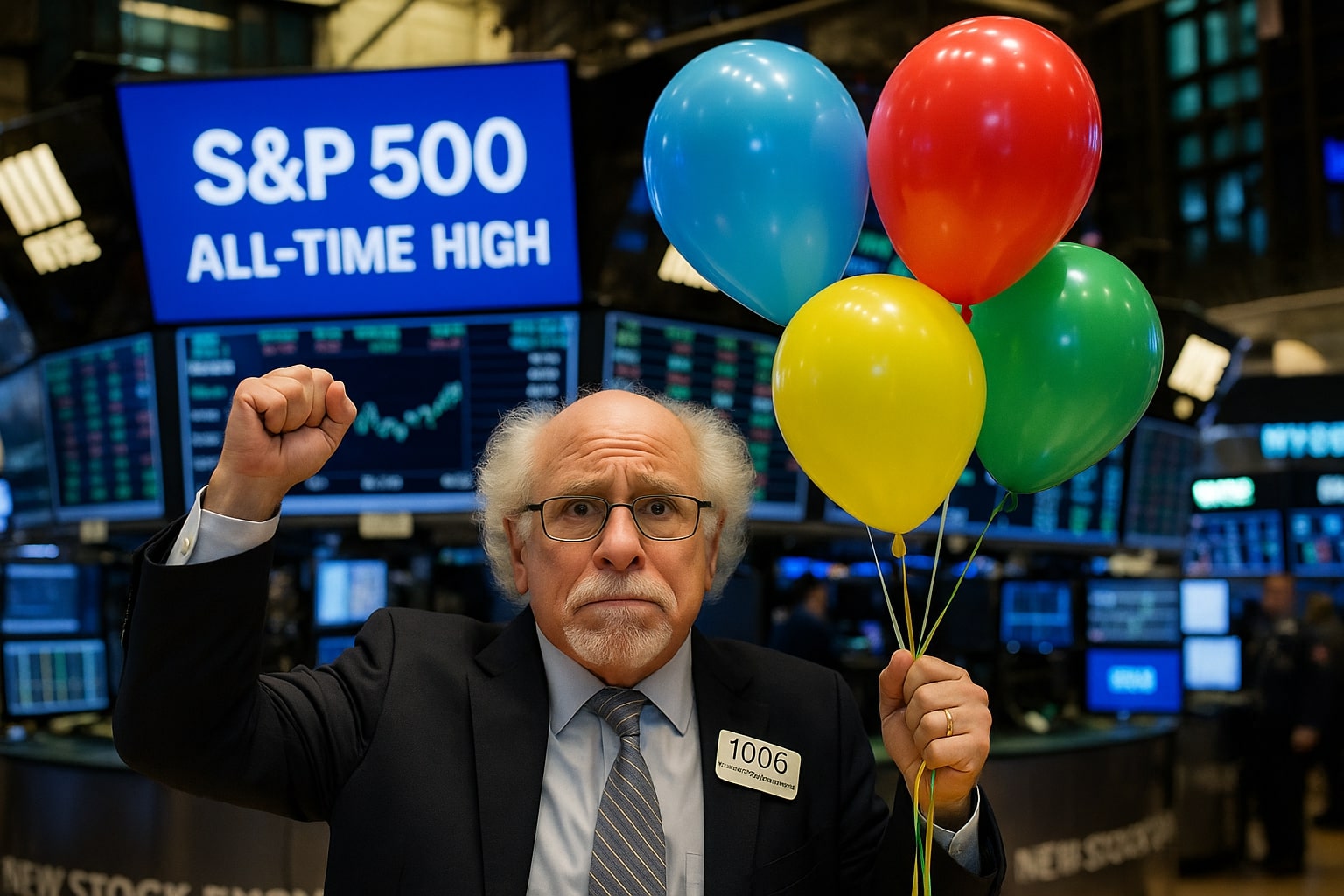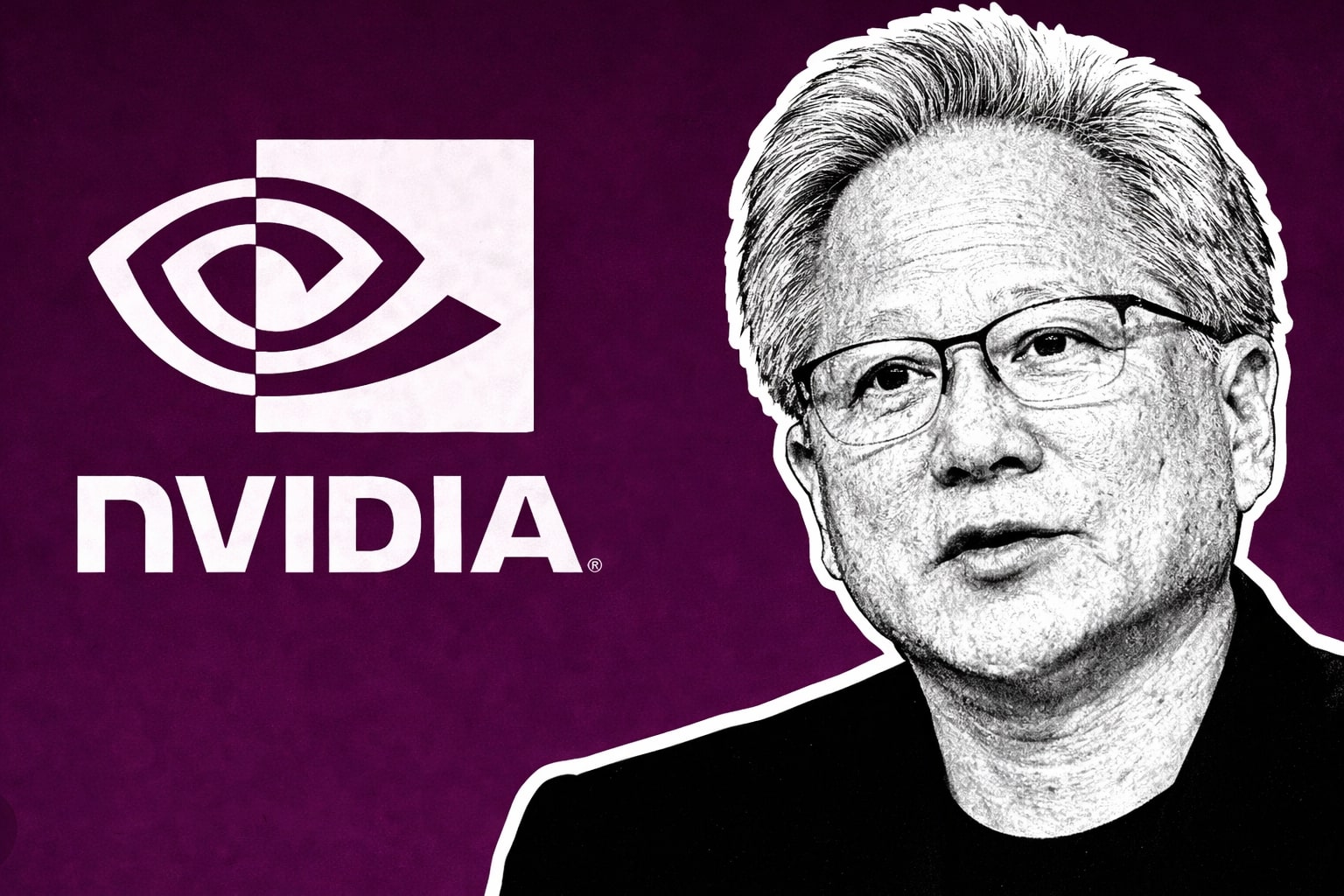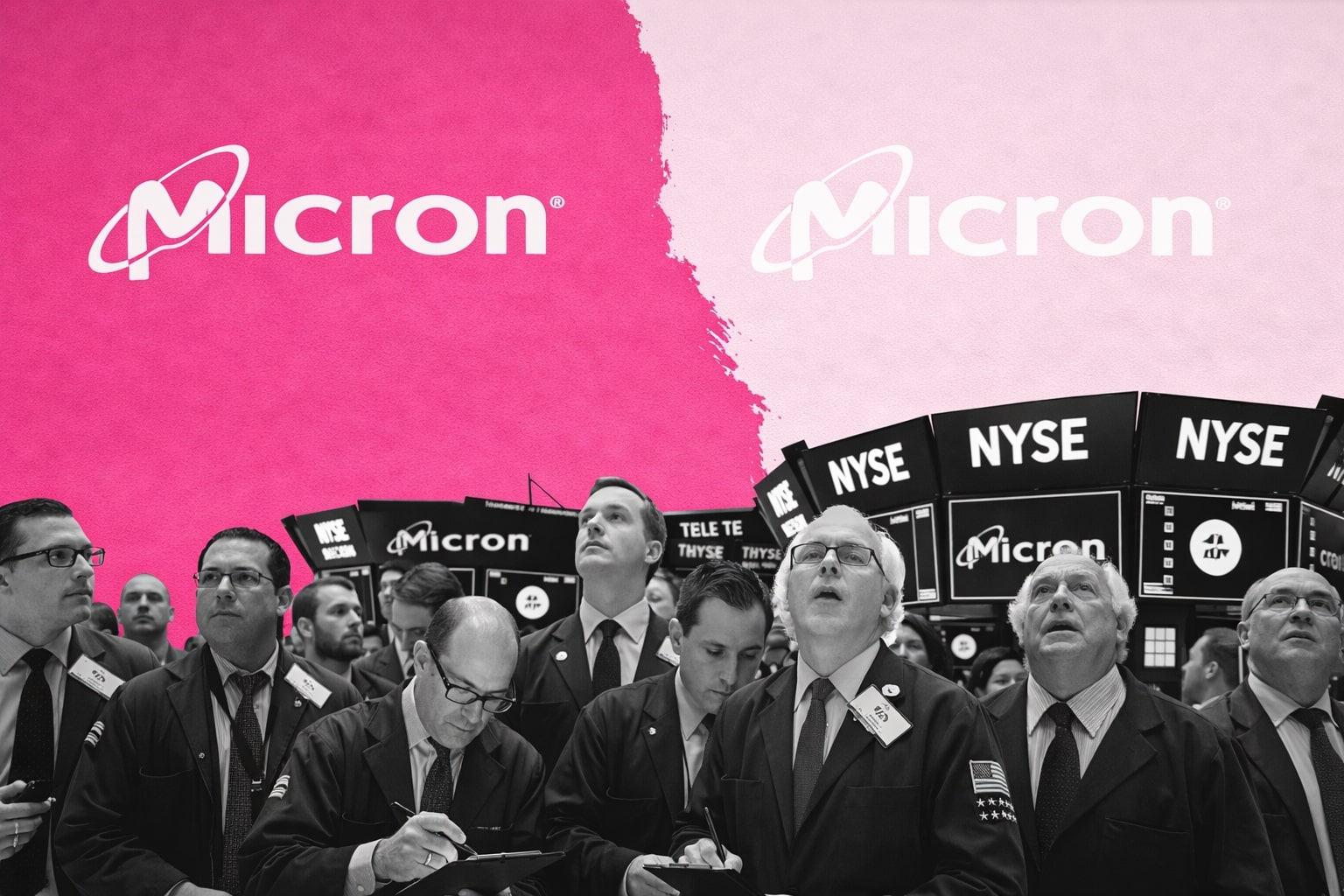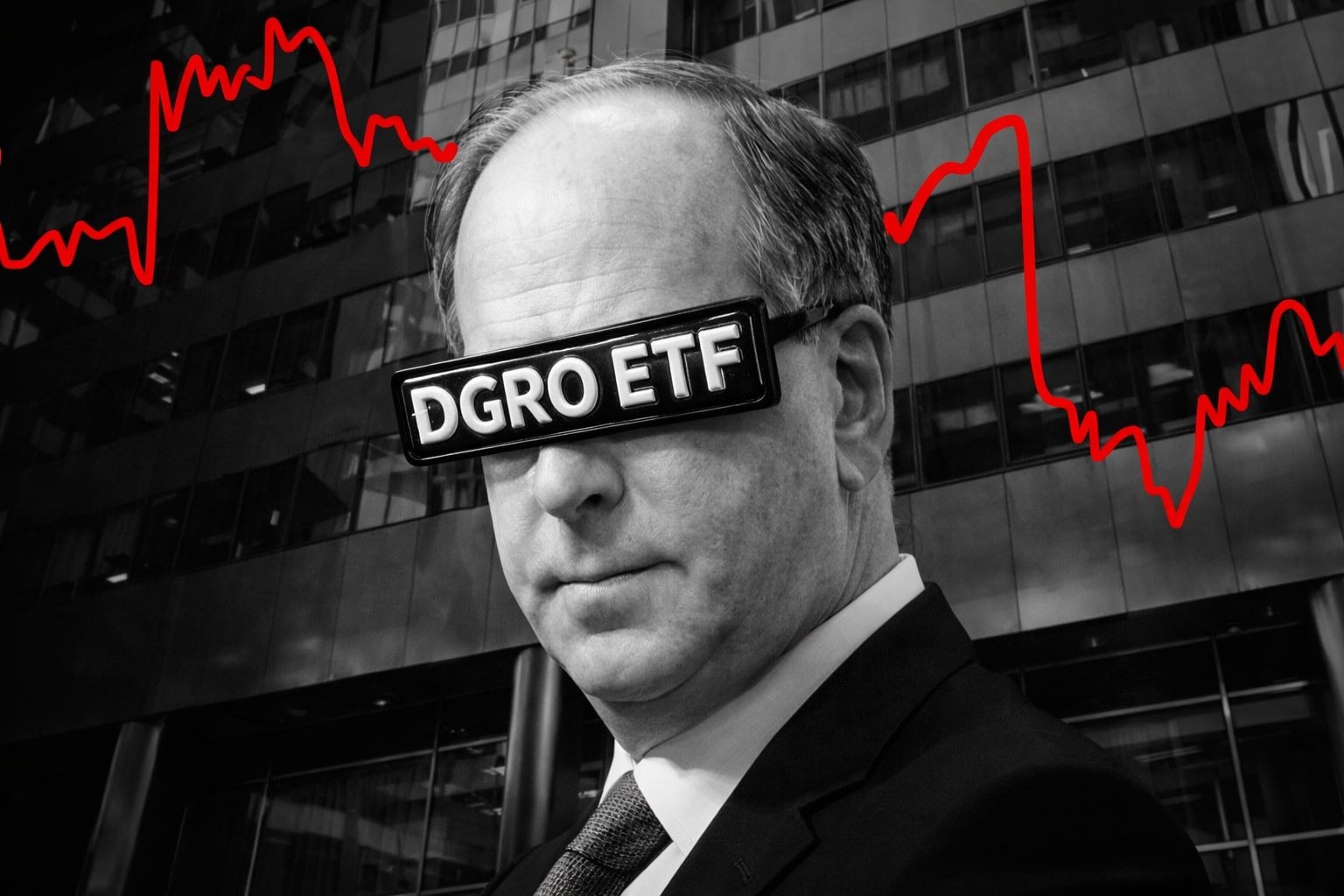
S&P 500, Nasdaq Hit New Highs—but Under the Surface, Trouble Brews
Stock Market Faces Fed Standoff, Trump Tariffs, and Insider Selling Ahead of Q3 | That's TradingNEWS
Wall Street Cautiously Celebrates S&P 500 and Nasdaq Peaks
The S&P 500 (SPX) closed at 6,092.16, not far from its all-time high of 6,144.15, while the Nasdaq 100 (NDX) surged 4.20% for the week and the Dow Jones Industrial Average (DJIA) rose 3.82%. Despite the headlines, the rally is cloaked in caution. Deutsche Bank notes equity exposure sits in the 30th percentile—low by historical standards. Year-end targets have dropped to 6,057 from 6,600, suggesting most strategists expect flat-to-mild returns ahead. Though the stock market has rebounded 24% from April lows, conviction remains narrow and leadership concentrated.
Trump's Trade Escalations Threaten Market Stability
President Donald Trump derailed trade talks with Canada on June 27 in response to digital service taxes, sending shockwaves through global equities. He continues to shift timelines—initially indicating a July 9 tariff enforcement date, then walking it back, implying flexibility. Treasury Secretary Scott Bessent hinted at a possible Labor Day deal. This unpredictability introduces fresh tariff risk, especially for tech exporters, just as stock market optimism was returning. The White House’s simultaneous push for ten new global trade pacts keeps risk elevated.
Mixed Fed Messaging Fuels Investor Uncertainty
The Federal Reserve’s posture remains ambiguous. May’s core PCE inflation rose to 2.7%, while personal spending declined—the sharpest drop of 2025. Despite dovish talk from Michelle Bowman and Chris Waller, Chair Jerome Powell cautioned against premature action, hinting at September as a more likely cut window. The market’s pricing mechanism remains frozen: systematic funds are sidelined, volatility-targeted strategies await resolution, and bond yields are slipping—highlighting diverging expectations.
Tech Titans Extend Run: NVDA, AMD, TSM in Focus
Nvidia (NVDA) added 10.7%, reclaiming the top global market cap at $3.85 trillion. Yet insiders sold more than $500 million in June, with CEO Jensen Huang returning to the selling window after months. Advanced Micro Devices (AMD) jumped 10.4% while Taiwan Semiconductor (TSM) added 9.8% as a breakthrough with China eased rare earth supply fears. Tesla (TSLA), by contrast, inched up just 0.5% on the week, plagued by political noise, delivery cutbacks (now forecasted at 350,000–370,000 units), and Musk’s weakening favor with Trump.
Small Cap Recovery Falters, Breadth Still Weak
The Russell 2000 gained 3%, underperforming large-cap peers. The equal-weighted S&P 500 remains depressed, with the median stock still down 12% from its 52-week high. Fixed income traders aren’t convinced: the 10-year Treasury yield slid to 4.28%, and credit spreads widened slightly—pointing to unease beneath the surface. This narrow market breadth suggests fragility even as stock market indexes post new highs.
Speculative Trading Surges, AI-Fueled Hype Grows
The VanEck Semiconductor ETF (SMH) soared 7%, buoyed by AI optimism. Arista Networks (ANET) rocketed 15% before giving up gains late in the week. Circle Internet Group epitomizes the retail frenzy: up from $31 to $263, then crashing to $180 in days. The Goldman Sachs Retail Favorites index and meme ETFs like BUZZ reflect rampant speculative chasing. JPMorgan (JPM) and Goldman Sachs (GS) posted all-time highs, evidence that investors remain hooked on liquidity and volatility rather than fundamentals.
Earnings Season May Be a Reality Check for Bulls
Analysts expect Q2 earnings growth for the S&P 500 to come in below 3%, far below what’s needed to justify a 22x forward multiple. Rich valuations demand flawless execution. Geopolitical risks—including renewed U.S.-Iran tensions, European digital taxes, and weak Chinese data—amplify downside volatility. The April selloff is still fresh in memory, and another miss could reset expectations fast. The stock market’s path into Q3 depends heavily on whether earnings can validate current valuations.
Dividend Stocks Rise as a Hedge Against Volatility
With macro clouds gathering, dividend equities are attracting inflows. McDonald’s (MCD) yields 2.4% with a $7.08 dividend and a 49-year streak of hikes. EPR Properties (EPR) increased its monthly payout by 3.5%, now yielding 6.2%. Halliburton (HAL) maintains a 3.3% yield and sees upside from unconventional oilfield drilling in Argentina and Saudi Arabia. These cash-flow-focused names offer defensiveness in a stock market chasing high momentum.
Micro-Caps Under Pressure: Splits Signal Struggle for Survival
In an effort to maintain Nasdaq listings, micro-caps like Ainos (AIMD) executed a 1-for-5 reverse split, while Helius Medical (HSDT) opted for 1-for-50 and SciSparc (SPRC) for 1-for-21. These splits are often a last-ditch effort to prop up share prices. On the other side, APi Group (APG) executed a 3-for-2 forward split aimed at boosting liquidity and retail participation.
Q3 Outlook: High Stakes, Little Margin for Error
The S&P 500 has climbed 5% YTD—underwhelming versus its historical 10% average. But tech darlings like NVDA are shouldering the load. If these names falter—especially as insiders exit—the broader stock market risks a sharp pullback. The path ahead is binary: either earnings impress or we revisit correction territory.
Final Verdict: Hold SPX and NDX, Favor Dividend and Financials
We remain neutral on Nasdaq (NDX) and S&P 500 (SPX) due to valuation pressures and poor breadth. The Dow (DJIA) should be rotated into, especially via dividend-rich plays like MCD and HAL. Watch Nvidia (NVDA) for signs of exhaustion. Sentiment on Tesla (TSLA) is fragile, and Musk's political volatility clouds future catalysts. Our Q3 playbook: defensive income + opportunistic trading in financials. The stock market is not priced for mistakes—position accordingly.
That's TradingNEWs
Read More
-
Nvidia Stock Price Forecast: NVDA at $175 Looks Mispriced for a $230 AI Supercycle
18.12.2025 · TradingNEWS ArchiveStocks
-
Ethereum Price Forecast - ETH-USD Slides to the $2,800s as ETF Outflows Mount and a $2,000 Flush Looms
18.12.2025 · TradingNEWS ArchiveCrypto
-
Oil Price Forecast - Oil Stalled Near $56–$60 as Venezuela Blockade Clashes With Oversupply Outlook
18.12.2025 · TradingNEWS ArchiveCommodities
-
Stock Market Today: Nasdaq, S&P 500 And Dow Jump As CPI Cools And MU Stock Rockets
18.12.2025 · TradingNEWS ArchiveMarkets
-
GBP/USD Price Forecast - Pound Holds 1.34 as BoE’s 3.75% Rate and Weak US CPI Pressure the Dollar
18.12.2025 · TradingNEWS ArchiveForex



















